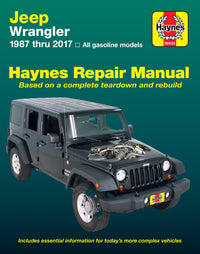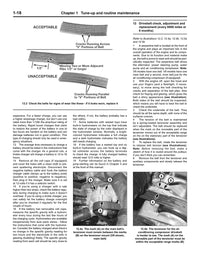Put simply, wheel alignment refers to the direction your wheels are pointing, in all three dimensions. Alignment has a huge affect on how a car feels to drive, how it handles, and how quickly the tires wear.
Car alignment, if done correctly, makes the vehicle feel stable at all times, track straight and true, and will inspire confidence when accelerating, braking, and cornering. If you have poor car alignment, however, will want to pull you all over the road, and may need constant corrections to go straight ahead.
With time, miles, wear and tear, the chassis of your car will settle and bend. It won't be enough to notice looking at it, but it only takes an tiny fraction of an inch to negatively effect the wheel alignment.
There are three main aspects to wheel alignment: camber, caster, and toe. By attaching special laser measuring equipment to the wheels it is possible to read the angles of these.
Adjustments can then be made to the car’s suspension and steering geometry, and with the laser alignment equipment still attached to the car, continue to be made until the settings are back to the factory specification, or other setting.

What is Camber Angle?
Imagine looking at a car from head-on. A wheel with zero camber is true to vertical. If the top of the wheel leans ‘in’ towards the car, this is called negative camber, and if the top of the wheel leans ‘out’ away from the car, this is called positive camber.
Each car will have unique optimized settings, but generally most cars will have somewhere between 0 and -1 degrees of negative camber. This ensures the maximum tire contact patch is in contact with the road during cornering. Because of the crown of the road, some cars have a different spec for the left and the right wheel, with .5 to .25 degrees less negative camber on the let hand side.
What is Caster Angle?
Now imagine you are looking at the car from side-on. In simple terms, the caster setting refers to the angle between the center of the wheel and the upper mounting pointing of the steering knuckle or spindle. If the top mount and the center of the wheel are perfectly in line (vertical), this is zero caster. If the axis leans back so the top of the suspension of behind the center of the wheel, this is positive caster. If it leans forward, it’s negative caster.
It sometimes helps to think of caster angles like the forks on the front wheel of a motorcycle. The forks lean back, and if you were to draw an imaginary line from the forks to the ground it would touch the floor in front of the tire.
All cars will require positive caster (a car with negative caster is undriveable) but the exact amount will depend on the car in question. Often, the caster is designed into the chassis from the factory and cannot be adjusted, or can't be adjusted more than a degree or two. The greater the angle for positive caster, the heavier the steering will feel, but at the same time it will have an improved self-centering effect in the steering when moving forward.
What is Toe Angle?
Now imagine looking at the car from directly above. The toe angle refers to how much the wheels are pointing towards each other, or away from each other. If both the left and right wheels are in parallel, the toe angle is zero. If they are pointing towards each other, this is toe-in, and, if they point away from each other, this is toe-out.
Adjustments to toe settings will have effect both straight-line performance, fuel economy, and the car’s behavior when cornering. There will be a set of unique optimal settings for each car, but as a general rule of thumb most cars are set up with a slight amount of toe-in when the car is stationary. This allows for play in the suspension components, so the wheels are actually running in perfectly parallel when the car is moving forwards, for less drag and better fuel efficiency.

















